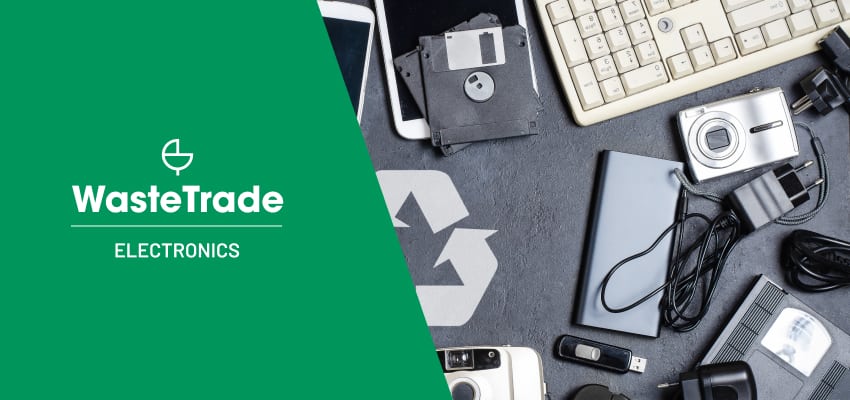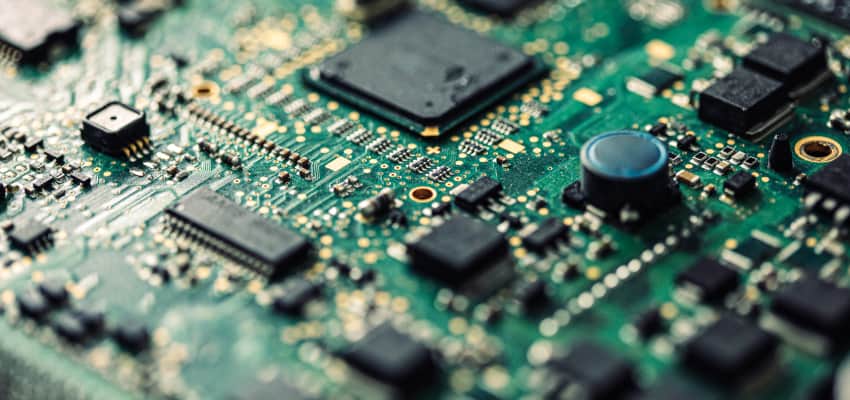Elektronik

Electrical plastics are an essential component of many electronic devices that we use every day. From televisions and smartphones to laptops and kitchen appliances, electrical plastics play a crucial role in the functionality of these devices. However, as we continue to rely on electronic devices more and more, the disposal of electrical plastics has become a major environmental concern. In this article, we will explore the impact of electrical plastics on the environment and what can be done to address this issue.
What are Electrical Plastics?

Electrical plastics are a type of polymer material that possess specific electrical properties such as insulation, resistance to heat and electricity, and high dielectric strength. These properties make them suitable for a wide range of applications in the electrical and electronics industry.
Electrical plastics are used in the production of electrical insulation components such as wires, cables, transformers, and switchgear. They are also used in electronic devices such as circuit boards, connectors, and housings for electronic components.
Common examples of electrical plastics include polyeten, polypropylen, PVC (polyvinylklorid), PTFE (polytetrafluoroethylene), nylon, och polykarbonat. These materials are chosen based on their specific properties and how they will perform in a given application.
The development of new electrical plastics and the improvement of existing materials is an ongoing process as the demand for smaller and more efficient electrical and electronic devices continues to grow.
The Environmental Impact of Electrical Plastics

The disposal of electrical plastics has a significant impact on the environment. When electronic devices are thrown away or recycled improperly, electrical plastics can end up in landfills or incinerators. This can result in the release of harmful chemicals into the environment, such as dioxins, furans, and heavy metals, which can contaminate soil, water, and air.
Moreover, the production of electrical plastics also has an environmental impact. The manufacturing process of these plastics requires significant amounts of energy and generates greenhouse gas emissions, contributing to climate change. In addition, the extraction of the raw materials used to produce electrical plastics, such as petroleum and natural gas, also has a negative impact on the environment.
To address the environmental impact of electrical plastics, several initiatives have been developed. One of these is the återvinning of electronic waste. By recycling electronic devices, we can recover valuable materials such as copper, gold, and silver, which can be reused in new products. Recycling also reduces the amount of electrical plastics that end up in landfills or incinerators.
In addition, some manufacturers have started to use more sustainable materials in the production of electronic devices. For example, some companies have started using bioplastics, which are made from renewable resources such as corn starch and sugarcane. These materials have a lower environmental impact than traditional electrical plastics.
Finally, reducing the demand for new electronic devices can also have a positive impact on the environment. By extending the lifespan of electronic devices through repair and refurbishment, we can reduce the amount of electronic waste generated and the need for new products.
Slutsats
Electrical plastics are a vital component of many electronic devices, but their impact on the environment cannot be ignored. The disposal of electrical plastics has a significant environmental impact, and the production of these plastics also contributes to climate change. However, by recycling electronic waste, using more sustainable materials, and reducing the demand for new electronic devices, we can mitigate the environmental impact of electrical plastics. It is important that we all take responsibility for the proper disposal of electronic devices and work towards a more sustainable future.
